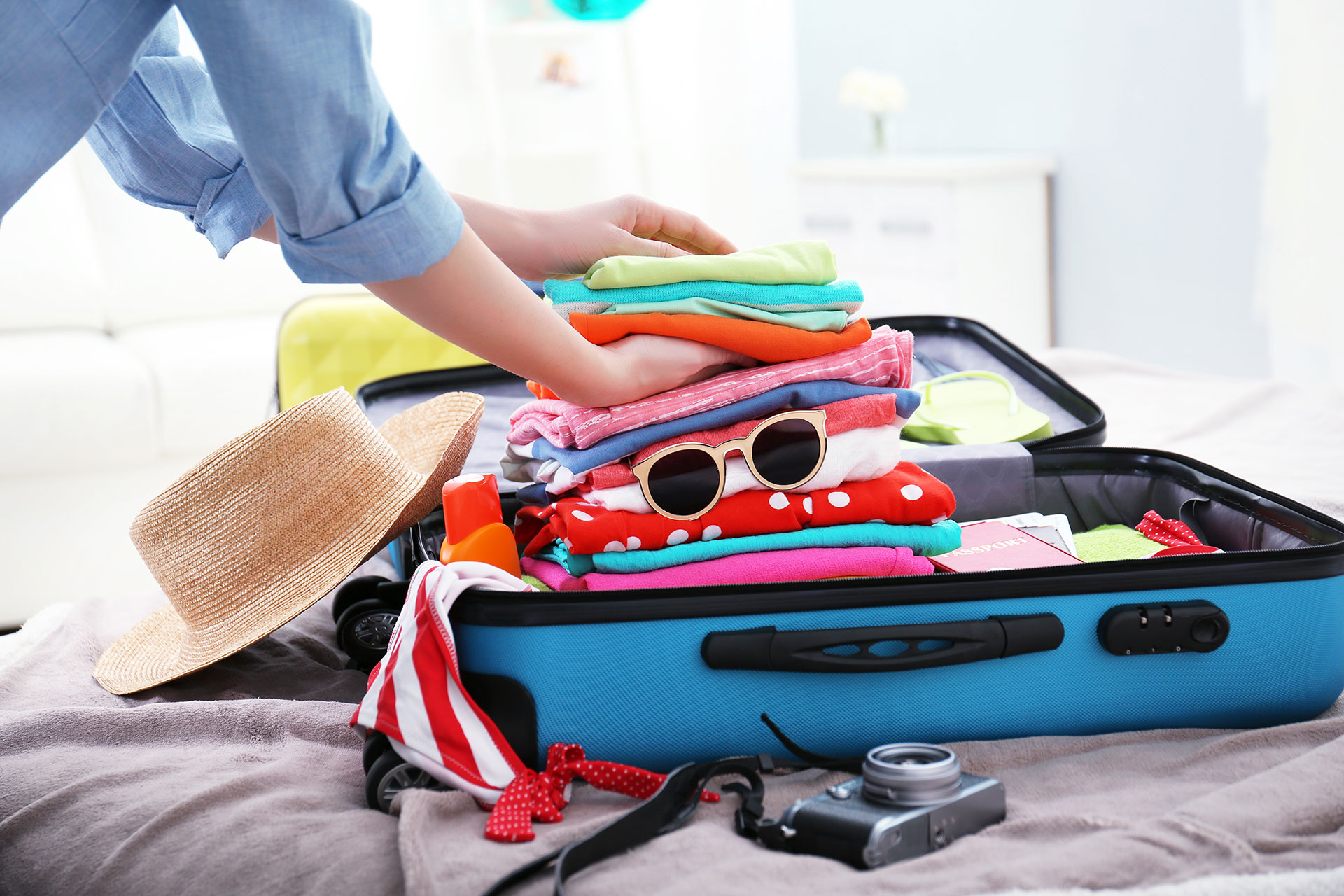Hiking Equipment: Universal List
Blue Ridge Parkway Hikes - Waterrock Knob Hiking Trail
Get Out & Hike!
People who do not have hiking experience often take many unnecessary things with them. This is especially true for personal clothing. Remember that in addition to your belongings, you also need to carry some of the group equipment (for example, a tent, an awning or a bowler hat, and food).
For convenience, we will divide the list of equipment for a hike into several groups and get the types of equipment for a hike: personal items, personal travel equipment, shoes and clothes, and group equipment.
Hiking Personal Items

- Tickets, documents, and money (preferably all in sealed packaging so as not to get wet).
- Adhesive plaster, elastic bandage (required), and medicines for their chronic diseases (if any).
- Mug, spoon, bowl - preferably metal, but plastic is also possible (but they can be poorly washed and, if used carelessly, can easily break).
- Headlamp (each participant should have one, but you can get by with one per tent). It facilitates movement in the dark and the search for necessary things.
- Personal hygiene products (toothbrush and paste, wet and dry wipes, toilet paper, etc.). It is advisable to take half-empty tubes of toothpaste, small pieces of soap, etc., to reduce the backpack's weight.
- Small towel. Preferably quick-drying and space-saving.
- Sunglasses are relevant in the warm/hot season but are not a mandatory attribute of the trip.
- Mobile phone, camera, etc. If you decide to take electronic devices on a hike, try to take care of charging in advance (charge in advance and do not turn it on unnecessarily) and moisture protection (it is advisable to protect it from getting wet with sealed packaging).
- Large plastic water bottle (or another similarly sized water container) A water tank is necessary on a hike because it is not uncommon for the water to be found only in parking lots, and water is necessary for comfortable movement.
Personal Travel Equipment for the Trip

- Backpack - dimensions depend on the number of things (usually, the larger the backpack, the more unnecessary things they take with them). The weight of the empty backpack should be 10-15% of the weight of the backpack assembly.
- Sleeping bag - should be suitable for the expected weather conditions (ideally, the comfort temperature of the sleeping bag should be 5 degrees above the lowest predicted temperatures). The weight of the sleeping bag should be 10-15% of the weight of the backpack assembly.
- A tent (or even a tent place). If you are going on a hike on your own and have a tent (often for more than two people), be sure to inform the organizers (instructor) about this in advance so as not to drag extra pounds. Tourist tents should be two-layer.
- A rug is your mattress for the duration of the trip. The rug should be light and durable.
- Seat - a small piece of rug. It allows you to sit on almost any surface without the danger of getting dirty, catching a cold, etc.
Shoes
- Basic footwear: trekking boots. Sneakers with a mesh and sole non-slip protector are suitable for a summer hike.
- Removable/fording shoes: sneakers, crocs, or trekking sandals.
- Rubber flip-flops for lounging in the parking lot (if you take sandals or crocs, you can do without).
- Socks: 3-5 pairs (trekking socks (thermos) are ideal).
- Socks warm for spending the night.
Clothing
- Sun hat.
- T-shirt 2 pcs. Synthetics are preferred because they dry faster.
- Thin synthetic or cotton walking pants (not jeans).
- Shorts for hiking in hot climates.
- Swimming trunks (swimsuit).
- Change of underwear.
- Windproof clothing: a jacket with a hood and pants made of synthetics, ideally a membrane. As a budget option, an ordinary raincoat can be used. In this case, it is worth taking 2-3 pieces.
- Lightweight fleece sweater (Polartec).
- A warm sweater, or a light and compact puff jacket, is a must for spring and autumn.
- Thermal underwear (set).
- Warm hat and gloves. They can come in handy in cold weather, especially in spring or autumn.

^ Top | Home | FAQ | Suggested Sites | Contact Us | Copyright ©